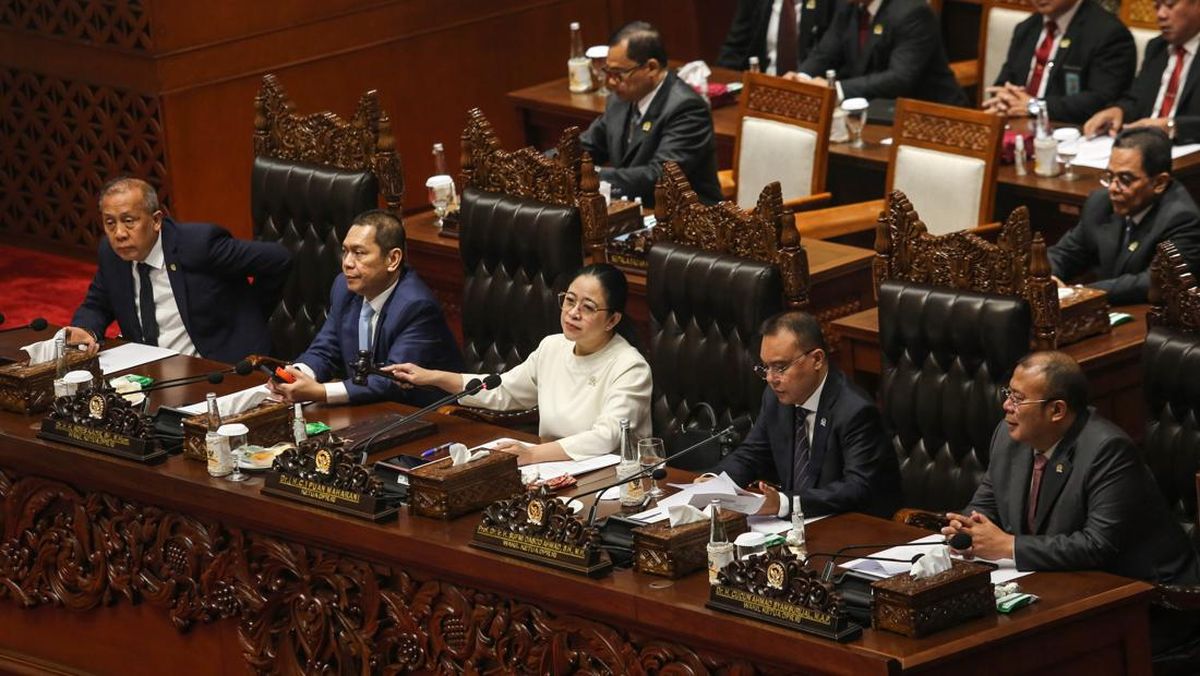In Michiko Tsui’s childhood home there was a room dedicated purely to embroidery. It was there that her mother, Fumiko Saito would create worlds, one kimono at a time. Michiko would help – holding the silk thread as her mother worked, and giving her massages as her fingers and shoulders cramped up.
Embroidery began as a hobby for Saito. As for many young women growing up in Kyoto in the first half of the 20th century, the art form was taught as part of a good education. When Saito’s husband died while their three children were young, however, she refined her skills and turned her art into a career. Now, Saito’s work is on display in the National Gallery of Victoria as part of Kimono, an exhibition showcasing the history and evolution of the iconic garment.
The work required great patience and was painstakingly exact, Tsui, who migrated to Melbourne in 1981, recalls.

Michiko Tsui has donated a wedding kimono her mother made to the NGV; her two sisters wore it at their weddings.Credit: Eddie Jim
Her mother’s career spanned three decades. One of the most public recognitions of Tsui’s skills came in 1958 when she was tasked with embroidering the engagement kimono for the then future Crown Princess Michiko. At that time Kyoto was renowned for textiles and the Imperial family would have looked at the work of artisans working there, choosing the best.
Saito later made a wedding kimono for her daughters to wear when they married. Featuring 20 vibrant orange and white cranes – a traditional wedding motif that symbolises longevity and happiness – the stunning garment took more than three months to make. While her two older sisters happily wore it, Tsui bucked the trend, opting instead for a modern version made from red silk.
She and her sisters have donated the wedding kimono to the NGV and are thrilled it is being displayed, honouring their mother. “I’m very happy … more people can see her exquisite handmade embroidery,” Tsui says, adding that the intricate sewing was hard work.
According to curator Wayne Crothers, senior curator of Asian Art at the NGV, the kimono is a thing of great beauty. It also acts as something of a time capsule, he says, tracing the evolution of Japanese society from the 17th century to today.
The garment illustrates “changing fashion, cultural icons, class structure and ingenuity of creativity with materials and techniques”.

Wayne Crothers is the NGV’s senior curator of Asian Art.Credit: Eugene Hyland
“It is a very impactful exhibition – we all love beautiful objects and in that instinctual sense, it’s a really nice experience,” he says. “It’s not just a textiles exhibition … it’s a historical journey from the Edo period, which is when it was what everyone wore... to current day, high-end kimono fashion.”
More than 70 stunning pieces are on display, including seven dating back to the 1600s and 1700s when they were worn by the samurai and merchant classes.
But kimonos were not the exclusive domain of the wealthy; even the very poor wore kimono, sometimes creating them from scraps of material. One of these is part of the show, made in the Meiji period (1868–1912), from more than 100 pieces stitched together. It is one of the most popular designs featured, says Crothers.
Known as boro or rag kimono, “Boro textiles are the creations of unknown craftspeople who never intended for them to be viewed as things of beauty,” as noted in the show. “However, in a contemporary context they have a collage-like quality, their spontaneous designs imbued with a life and spirituality of their own.”
There are sleepwear kimonos, undergarments (a bit like a kimono-shaped petticoat) to wear beneath some of the more ornate designs, and insights into etiquette - short-sleeved kimono are generally worn by married women, long-sleeved are designed for young women, for example.
The obi, or belts worn with kimono, are an art in themselves, tied in different ways according to who is wearing them and the occasion on which they are worn.

Fumiko Saito (1909–1971)
Accessories such as wedding sandals and other examples of the shoes worn with kimonos, head pieces (some crafted from turtle shells), handbags, fans and more are part of the show. The attention to detail underlines the Japanese commitment to all elements of design.
Loading
Kimono also provides insights into various artistic practices, including wood printing and dying techniques – particularly shibori, a manual dyeing technique that creates patterns on fabric by binding, folding, stitching or clamping it, with its distinctive blues.
Japanese culture had a big impact on the West during the late 19th and 20th centuries, a period known in art history as Japonisme. Artists including Van Gogh and Monet created works referencing ideas and works found in Japanese art.
It wasn’t just art – early 20th century Western fashion was inspired by the kimono’s design and silhouette. Several examples reference this in the show, including a Liberty & Co coat, an evening coat by Parisian couturier Callot Soeurs, and a day coat by Parisian couturier Paul Poiret.
Japanese influences would come to the fore again from the 1980s onwards, as shown in more recent garments by John Galliano, Alexander McQueen, Givenchy, Zambesi and Rudi Gernreich. Sydney-based fashion designer Akira Isogawa drew heavily on the kimono as an influence, as his work shown attests; there are also two vibrant ensembles by the late Issey Miyake.
Pieces by contemporary Japanese designers Robe Japonica, Modern Antenna and Y&SONS are also on display, as is some of the latest in Harajuku street fashion and cute “kawaii” styles.

Hiroko Takahashi’s work as part of Kimono at NGV.Credit: Eddie Jim
Designer Hiroko Takahashi’s creations reflect contemporary takes on the garment. She uses black and white fabric and models her work in a powerful, feisty stance, rejecting traditional imagery and gendered colours.
Crothers says there’s a resurgence of interest in the traditional garment in Japan: young people are rediscovering kimonos and appreciating it as a key part of their heritage. “They want to wear something that expresses their personality and not the kimono that their [parents and grandparents] wore,” he says. “They want to own it for themselves.”
Kimono runs until October 5, at NGV International, Melbourne.


















































